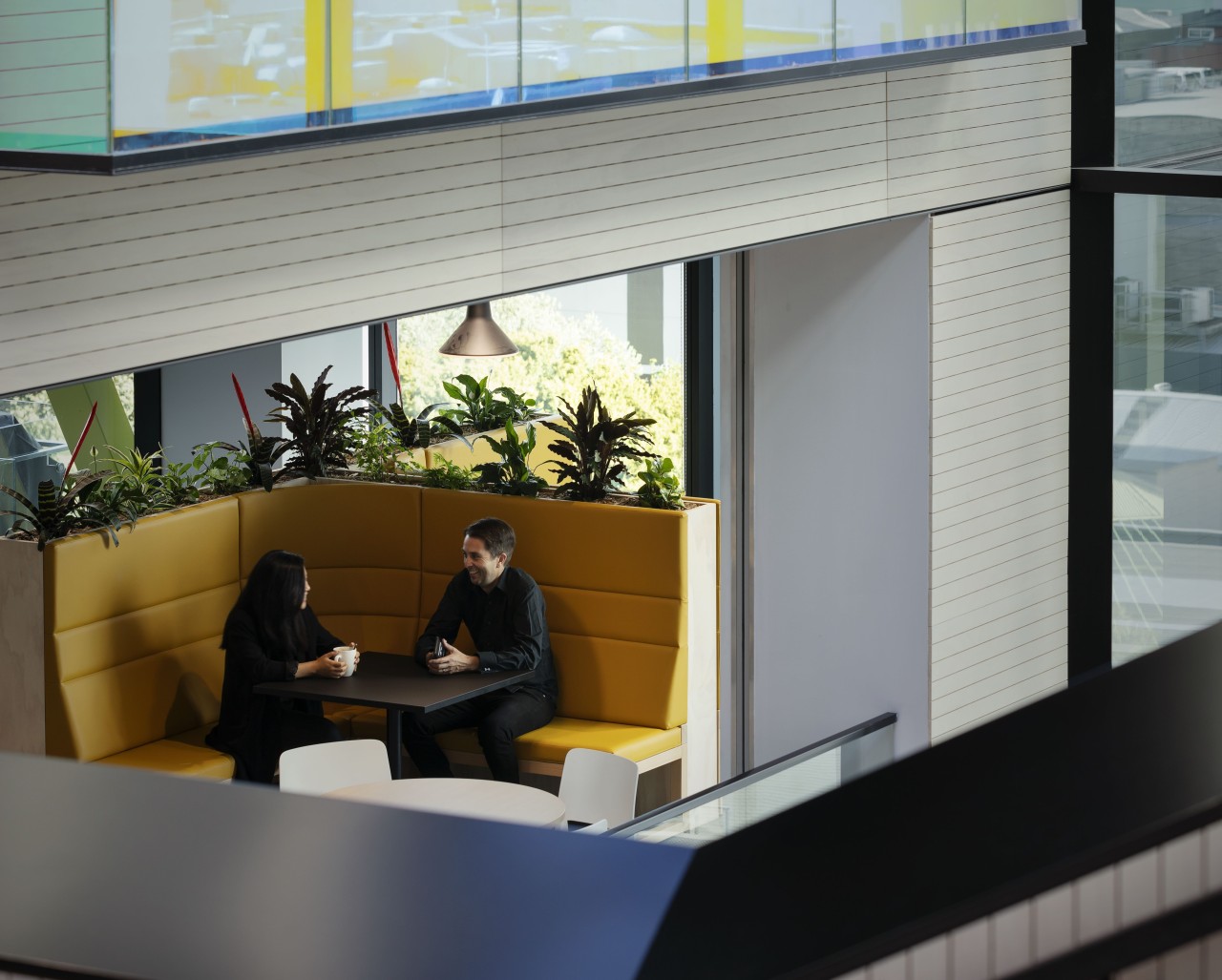Workplace design must put people first
Senior associate at Warren and Mahoney Holly Campbell proposes five people-centric design principles that can be applied to workplace design
By Holly Campbell, Workplace Interior Designer and Senior Associate at Warren and Mahoney:
Workplace design is not just about delivering a space that is appealing and driven from business requirements. First and foremost, the design must meet the needs of the people who use it.
Research has shown human-centric design leads to a more positive day-to-day experience, better employee performance, and in turn, better business results.
By creating a workplace with a cohesive connection between human needs and an organisation's identity and values, unique qualities can be showcased to employees, future employees and external visitors. This can act as this powerful strategy to supporting employee retention and attract new people.
By putting people at the centre of the design process, you’re more likely to end up with a workspace that enhances wellbeing, leading to a physically healthy, mentally engaging and emotionally supportive environment.
Here are some ‘people-centric’ design principles that can be applied to workplace design.
1. Democratise the space
Regardless of the organisational structure, applying a democratic approach to planning the workspace can empower people and unlock potential.
Breaking away from traditional office-style built structures and positioning workspaces to maximise natural light and external views gives the premium spaces back to the people.
2. Lead with staff amenities
There are an increasing number of amenities offered to attract and retain employees with places to relax such as cafes, lounges and even meditation spaces. With more people commuting by bicycle, many workspaces now offer bike parking and shower facilities.
Catering for diverse individual needs, we have seen more inclusion of faith rooms and wellness rooms in quiet zones within the workspace. Private spaces for new mothers should be standard in any modern workplace.
3. Factoring human needs
With transparency comes conversation. While many workers thrive on openness, many become easily distracted in an open plan workspace.
We have a human need for acoustically focused areas. Quiet spaces for solo work, enclosed meeting spaces and semi-enclosed spaces for private conversations are needed to support open plan workspaces. Providing options of work settings allows people to choose ‘how’ and ‘where’ they work to suit their task.
4. Enabling evolution
Integrated technology and infrastructure to support flexibility and mobility can be a game-changer to the way people work.
Technology is a huge enabler of this, through laptops with backpacks, hardware upgrades and integrated wireless charging. Even augmented reality can play a part, helping people navigating their workspace.
5. Take cues from nature
Incorporating nature to promote staff wellbeing might include specifying natural materials or designing organic forms. Adding patterns and textures can harness nature and create ambience.
Planting and greenery will enhance indoor comfort and air-quality, and spaces with external connection provides natural light, sunshine and fresh air.
An innovative way that nature can be integrated into design is through circadian lighting installed in addition to natural light, mimicking natural sunlight to support biorhythms.
6. Support sustainability goals
The economic, social and environmental impacts of our design choices can tremendously influence the energy, health, and drive of people using a space.
Selecting renewable and recyclable materials, choosing to eliminate waste where possible and specifying to reduce operational costs, need to be high priority goals for any designer.
Switching to LED lighting is not only going to save money and have environmental benefits, there are now documented improvements to human wellness.
Temperature extremes, improper humidity levels, and too little or too much air circulation are all potential building services issues.
For the health of any workplace, air pollution or ventilation problems should be addressed as a critical priority.
Story by: Holly Campbell, Workplace Interior Designer and Senior Associate at Warren and Mahoney
Photography by: Sam Hartnett
Home kitchen bathroom commercial design
Diving into nature
Classic looks, contemporary efficiency
Personality plus







